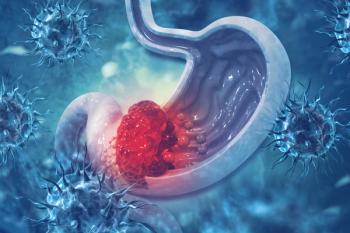
Circadian Clock Closely Linked to T2D, Study Finds
Researchers discovered a link between circadian clock disturbances in pancreatic cells and type 2 diabetes (T2D), according a study published in Proceedings of the National Academy of Sciences.
Researchers discovered a link between circadian clock disturbances in pancreatic cells and
Disturbances like time zone changes, irregular work schedules, and aging can prevent correct functioning of cells that secrete insulin and glucagon in the pancreatic islet;
This marks the first time anyone has demonstrated “the pancreatic islet cells derived from the T2D human donors bear compromised circadian oscillators. The disruption of the circadian clocks was concomitant with the perturbation of hormone secretion.”
The study also proved a clock modulator molecule extracted from a lemon peel, labeled Nobiletin, is effective in repairing disrupted cellular clocks and partially restoring islet cell function.
“Nobiletin, an agonist of the core-clock proteins RORα/γ, boosted both circadian amplitude of T2D islet clocks and insulin secretion by these islets,” researchers said. They continued, “Our study emphasizes a link between the circadian clockwork and T2D and proposes that clock modulators hold promise as putative therapeutic agents” for patients with T2D.
Additional findings include:
- Circadian oscillators operative in human pancreatic islet cells isolated from T2D donors exhibit a dampened amplitude and altered synchronization properties
- Attenuated individual cell oscillations and perturbed synchronization capacity between the endocrine cellular clocks lead to the impaired islet clockwork upon T2D
- Human α- and β-cells synchronized in vitro secrete glucagon, insulin, and proinsulin in a circadian rhythmic manner
- Circadian profiles of insulin, proinsulin, and glucagon secretion are altered in T2D islets
- Functional clock is required for insulin and glucagon granule docking and exocytosis in pancreatic α- and β-Cells
- High glucose levels alter molecular clocks in the islets from non-diabetic controls (ND), but not from T2D donors
- In human T2D islets Nobiletin boosts the amplitude of circadian gene expression and increases basal and stimulated insulin secretion
An author of the study, Charna Dibner, PhD, explained, “Our society experiences epidemic growth in metabolic diseases, concomitant with shifted working and eating schedules, and lack of sleep.” She continued, “By re-synchronizing the perturbed molecular clocks, either by personalized eating and exercise schedules or with the help of clock modulator molecules, we hope to ultimately be able to provide an innovative solution to an epidemical metabolic problem affecting an ever-increasing proportion of the world's population.”
Reference:
Petrenko V, Gandasi NR, Sage D, et al. In pancreatic islets from type 2 diabetes patients, the dampened circadian oscillators lead to reduced insulin and glucagon exocytosis [published online January 21, 2020]. Proc Natl Acad Sci U S A. doi: 10.1073/pnas.1916539117.
Newsletter
Stay ahead of policy, cost, and value—subscribe to AJMC for expert insights at the intersection of clinical care and health economics.







































